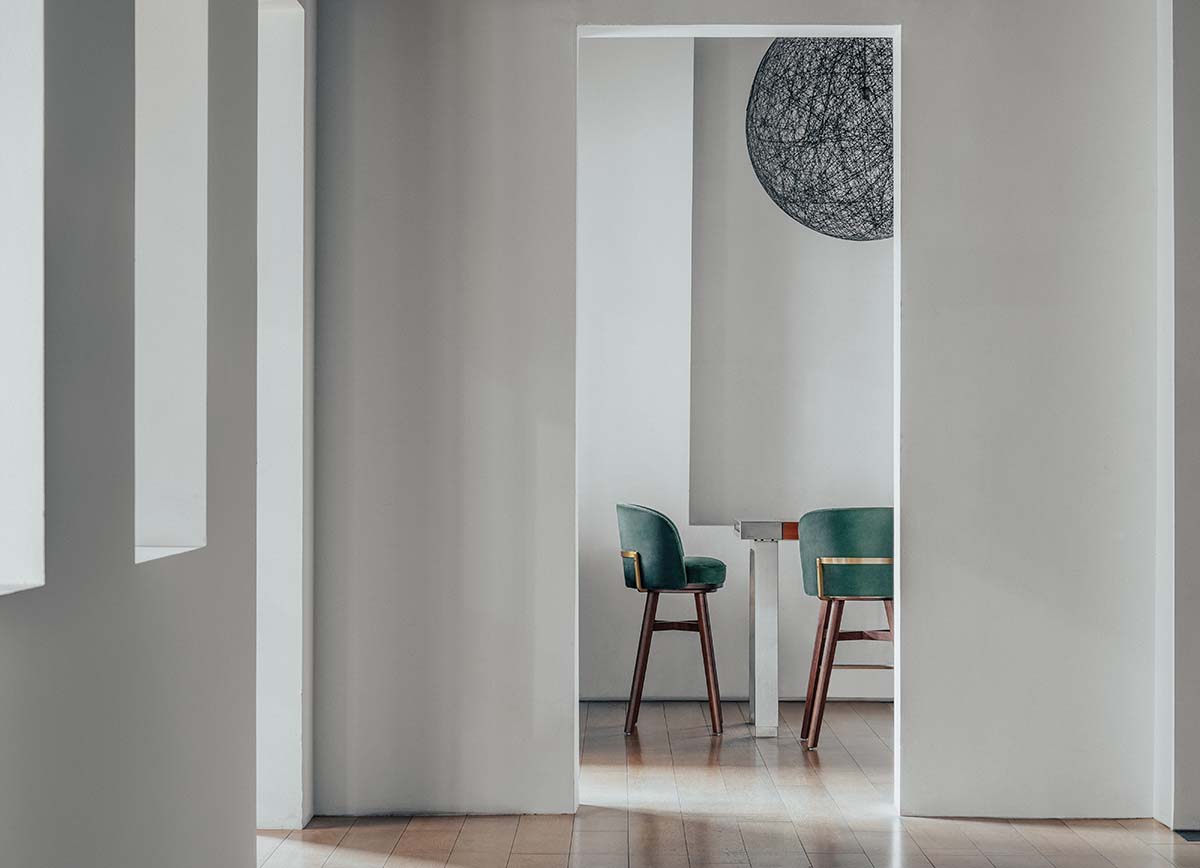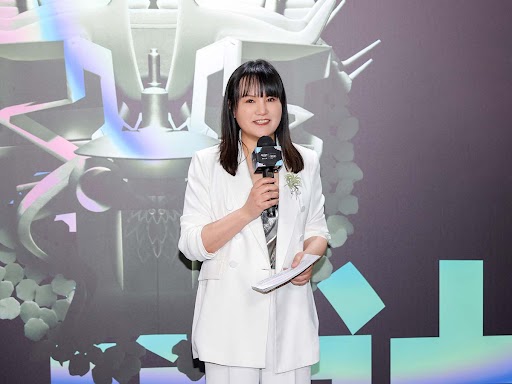The 2025 edition of Design Shanghai is already confirmed – it will open on June 4, 2025 – and will be enriched with new content. Demonstrating the dynamism of the sector, a new event in Shenzhen has been announced, along with the launch of Design Shanghai Collectible (October 31–November 2), dedicated to collectible design. The growing attention towards collectible design is an interesting phenomenon that sparks a heated debate. On the one hand, the interest in unique or limited-edition pieces with a strong artistic imprint is undeniable. On the other hand, some wonder if this trend might steer designers away from a more pragmatic approach that considers market needs. It’s an open debate, but collectible design is certainly attracting the attention of buyers and consumers fascinated by the idea of owning unique and unrepeatable pieces.

We spoke about this and, more generally, about the state of the Chinese design market, with Zhuo Tan, the tireless director of Design Shanghai, at the helm of the most important design fair in the Asian market.
IFDM: Zhuo, from your vast experience in the Chinese design industry, what are the key trends shaping the market?
Zhuo Tan: We are seeing a growing demand for unique and iconic design pieces, from both international and Chinese brands. I believe this is due to several factors, including economic growth, which allows consumers to invest in distinctive pieces, and greater attention to sustainability. At Design Shanghai, we have noticed great interest in recycled materials, bio-materials, and green solutions. Another growing trend, although less pronounced, is home automation. The Chinese consumer has always been fascinated by high-tech solutions for the home, and this is also reflected in design.

With your deep understanding of both Western and Eastern markets, what significant differences have you noticed in consumer behavior towards design products in China compared to Europe or North America?
The Chinese consumer started to approach the world of design only about ten years ago. Initially, the trend was to buy iconic pieces from famous brands like Vitra or Fritz Hansen, seen as status symbols. In recent years, we are witnessing a shift: Chinese consumers are starting to explore emerging brands, especially Chinese ones, attracted by more affordable prices and unique designs. Compared to European and American consumers, who have a more consolidated knowledge of design and seek unique or limited-edition pieces, the Chinese consumer is still in the early stages of building their collection.
Based on your observations, what future predictions can you make about the growth or evolution of the design market in China in the coming years?
The design market in China is booming. I believe we’ve only scratched the surface. There is enormous untapped potential, especially in second- and third-tier cities. Interest in design is growing, supported by a new generation of talented designers and an increasingly attentive and informed public.

What are the biggest challenges facing the Chinese design market, and how is Design Shanghai addressing them?
One of the main challenges is to educate the market and spread greater awareness of the value of good design. At Design Shanghai, we invite international brands to participate to gain visibility among a wider audience, and we promote local talent. Moreover, with initiatives like the Sustainable Design China Summit and the Materials First exhibition, we aim to raise public awareness of the importance of sustainability and innovation in design.







